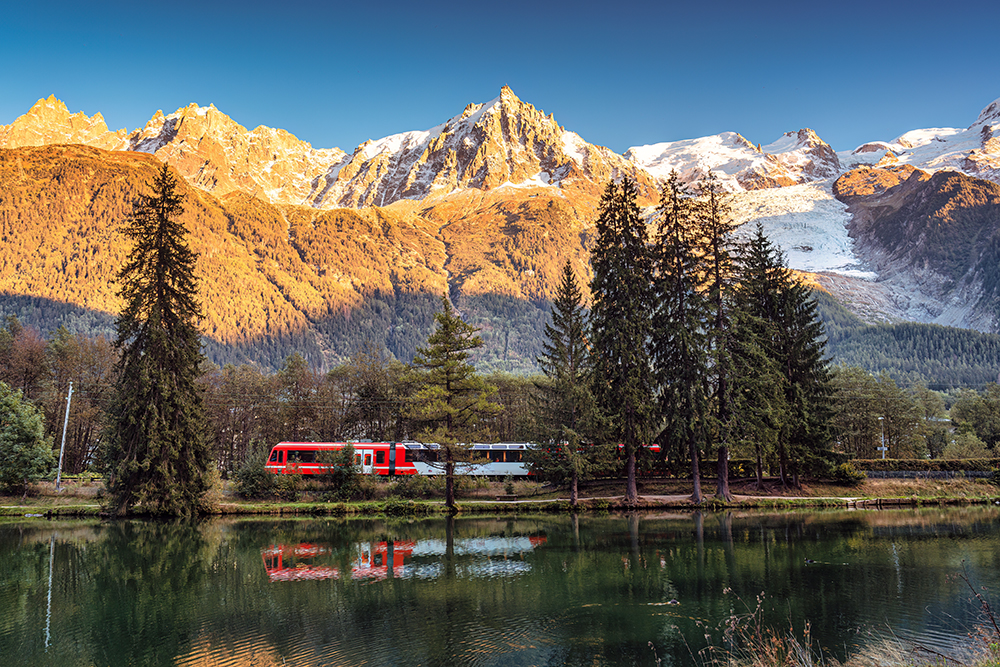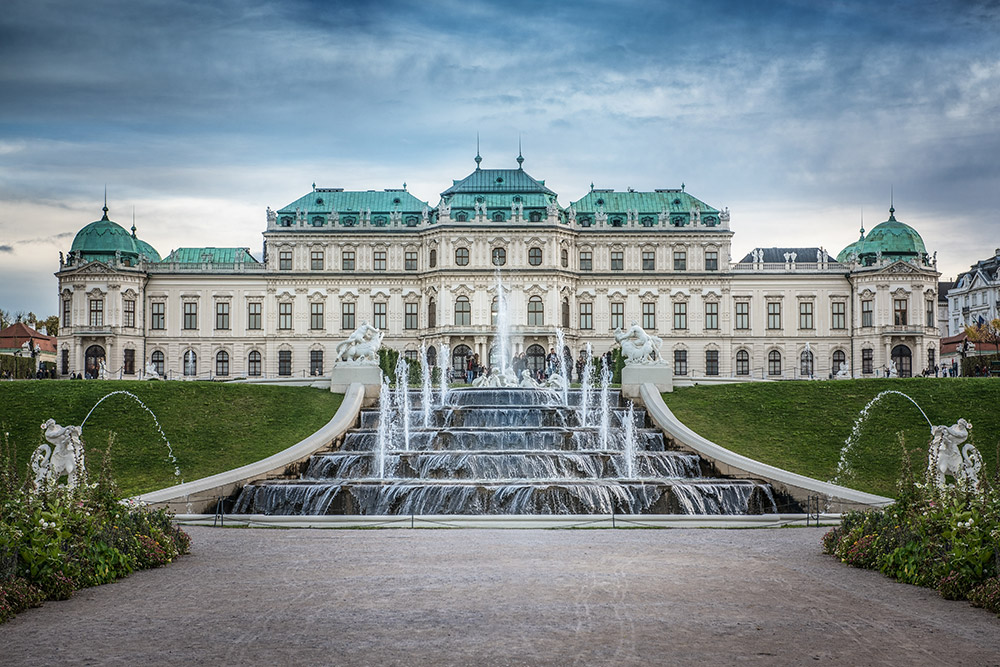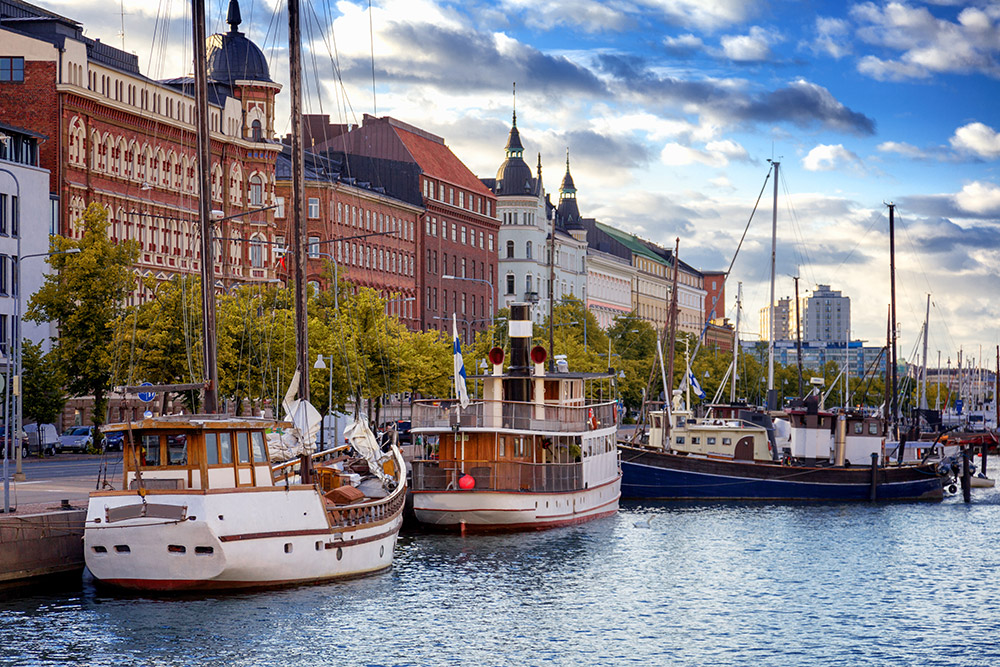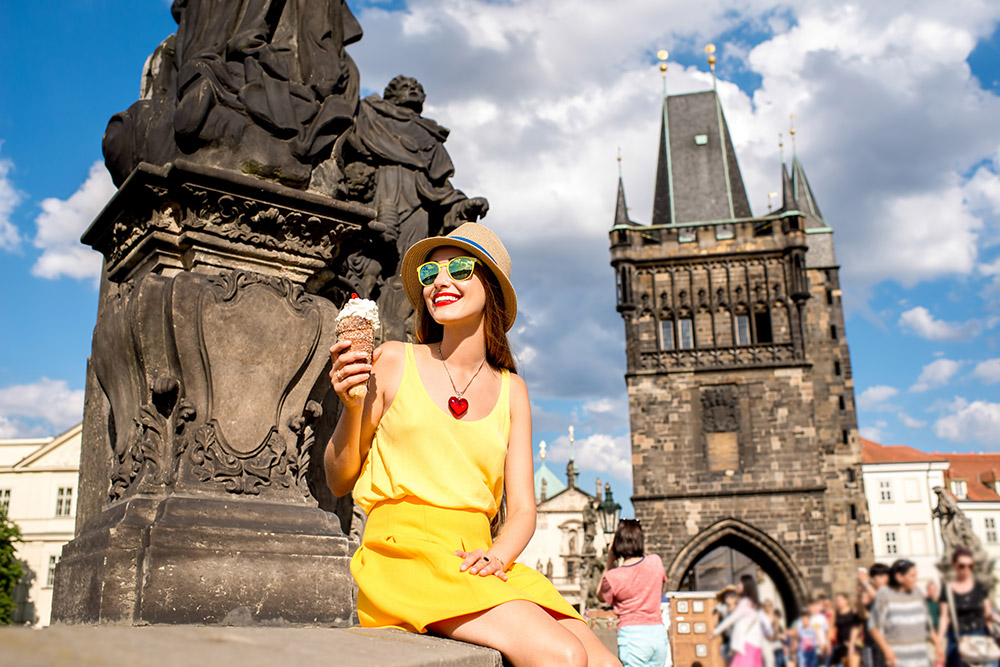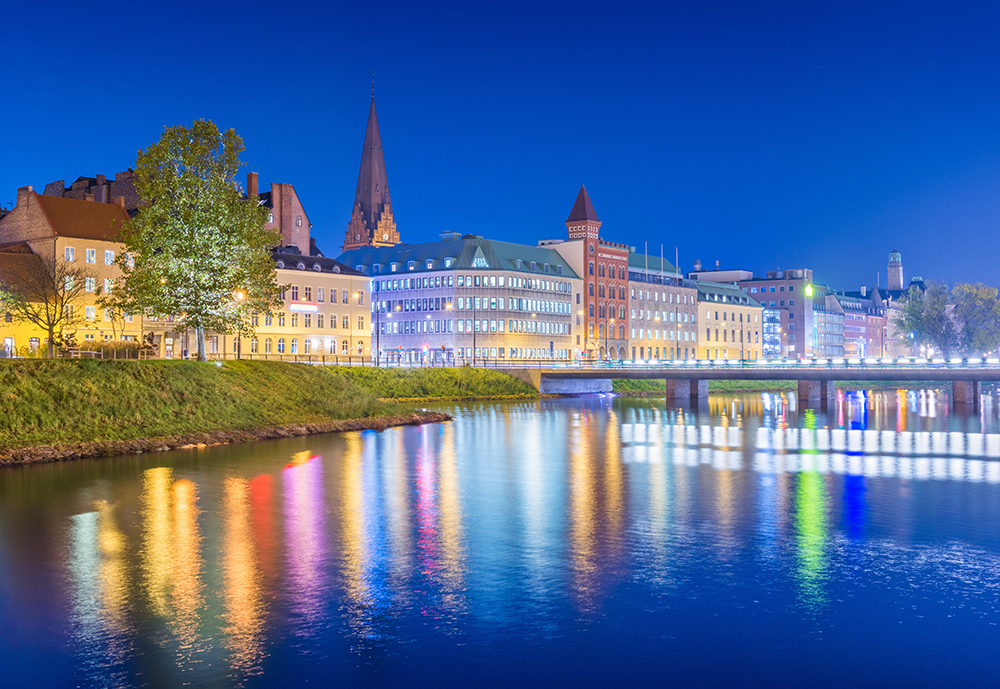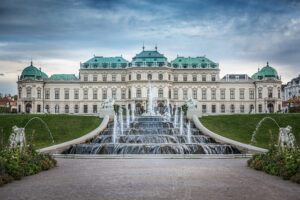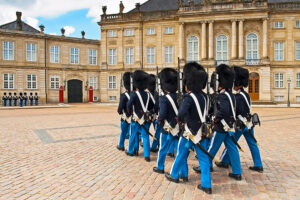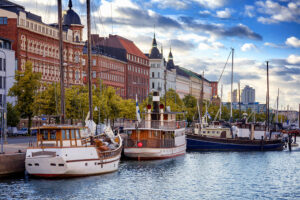Please note that the travel times provided in the following itinerary are on average and may vary based on your chosen travel route and the number of stops along the way. For up-to-date information about the availability of public transportation, it is recommended to check specifically based on your selected route. In many cities, there are multiple train stations, and it is important to confirm in advance the departure and arrival stations for the appropriate train.
Popular itinerary From Geneva to Provence:
Day 1: Geneva
Geneva has a captivating charm reflecting its rich diversity. Set against the breathtaking backdrop of Lake Geneva and the Alpine mountains, the Jet d’Eau fountain is one of the city’s iconic symbols. The fountain projects a majestic water column soaring to a height of approximately 460 feet. Geneva’s charming Old Town, a tourist favorite, features narrow, winding streets that narrate centuries of history, showcasing architectural wonders like the Royal Saint Pierre Cathedral. Don’t miss the chance to experience the local atmosphere at Bains des Pâquis, where you can unwind in saunas and bathhouses while savoring Swiss cuisine.
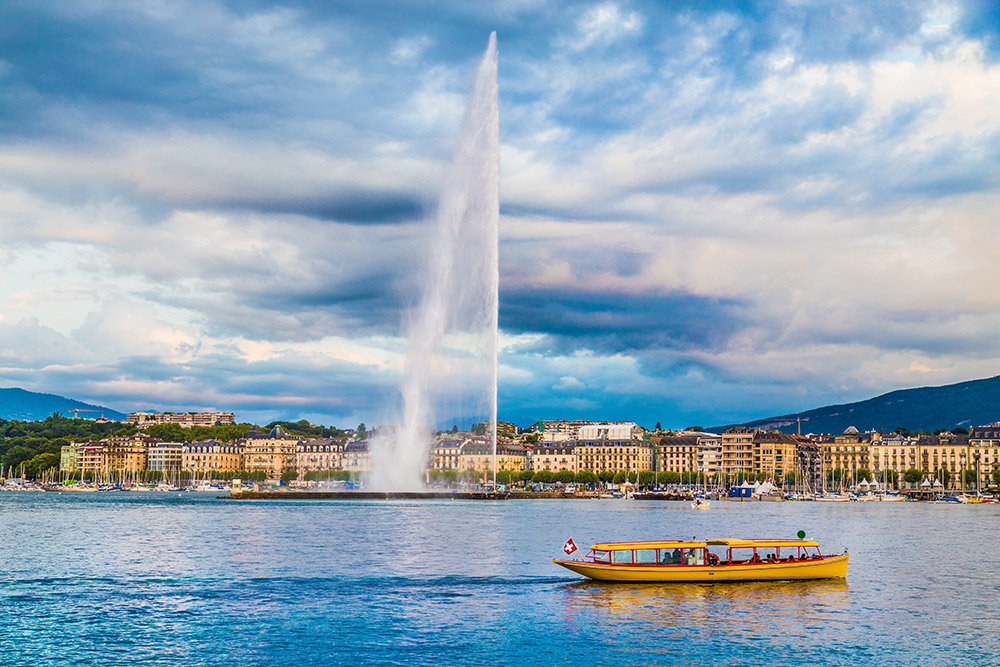
The delightful Carouge neighborhood, characterized by its Mediterranean style, is home to charming squares, artisan shops, and lovely cafes, offering a truly distinctive local experience. The Carouge Market offers a unique fusion of local products, art, and a vibrant blend of Mediterranean and Swiss atmospheres. Marvel at the precision and beauty of the Flower Clock in the English Gardens – Jardin Anglais, a testament to Swiss artistry combining nature and the watchmaking expertise of Geneva, a legacy passed down through generations.
Explore Swiss watchmaking tradition at the Patek Philippe Museum, home to an exquisite collection of watches that narrate the history and distinctiveness of the craft. Gain insights into Geneva’s pivotal role in diplomacy and humanitarian efforts at the Red Cross Museum, showcasing its dedication to global peace and well-being.
Don’t miss the vibrant Plainpalais Flea Market – Marché aux Puces de Plainpalais, open on specific days of the week. It’s not just a marketplace; it’s a cultural hotspot with street artists, food stalls, and an eclectic atmosphere waiting to be experienced.
Day 2: Train from Geneva to Chamonix-Mont-Blanc, approximately 2.5 hours
Embark on an early morning train to Chamonix-Mont-Blanc, nestled in the French Alps near the borders of Switzerland and Italy. Chamonix, with its breathtaking landscapes, is a haven for nature enthusiasts. Beyond its natural wonders, the town exudes Alpine charm, with its streets lined with shops, cafes, and restaurants offering French cuisine and local delicacies. Be sure to explore the areas around Chamonix, as well.
Situated beneath the towering Mont-Blanc, the highest peak in Europe, you can ascend Aiguille du Midi via cable car, leading to one of the highest accessible peaks in the Alps. The panoramic terrace provides a stunning panoramic view. If you feel up for a more challenging hike – a 3-hour route that includes over 500 steps- take a train from Chamonix to Montenvers, and visit the Glacier Cave: Mer de Glace. You can reach the cave from the cable car’s mountain station.
Return to your hotel in Geneva in the evening.
Day 3: Train from Geneva to Lyon, approximately 2 hours, 15 minutes
Take a morning train and cross the border into France, heading to Lyon, a city that blends culinary delights, rich history, and vibrant culture. Lyon’s UNESCO-recognized Old Town is a maze of cobblestone streets and Renaissance architecture, concealing secrets within its ancient traboules—historic passageways steeped in history and former silk industry workshops.
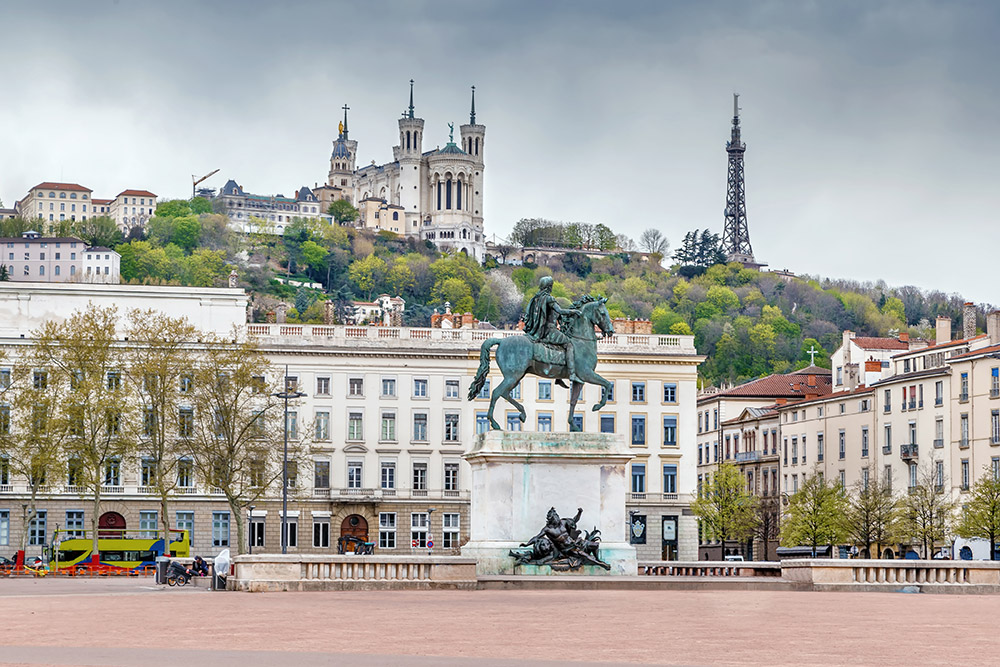
The heart of Lyon, the Presqu’île district, bustles around Bellecour Square, a hub for shopping, cafes, historical monuments, and a variety of museums, including:
Musée des Beaux-Arts: Housed in a magnificent 17th-century building, this museum boasts one of France’s largest art collections outside of Paris. It showcases an impressive range of European art from ancient times to the present, featuring works by renowned artists such as Rembrandt, Monet, and Picasso.
Musée des Confluences: Centering on anthropology, natural sciences, and social themes, this museum offers a diverse exploration of human knowledge.
Gallo-Roman Museum of Lyon-Fourvière: Situated near the ancient Roman theater, this museum delves into Lyon’s Roman past, featuring artifacts, mosaics, and sculptures while providing insights into daily life in Roman Gaul.
Other noteworthy museums include the Museum of Fine Arts of Lyon (Musée des Beaux-Arts de Lyon), housed in a former monastery. It exhibits an extensive collection of European paintings, sculptures, decorative arts, and antiquities. The Textile Museum (Musée des Tissus) highlights Lyon’s silk industry heritage.
Lyon is also home to several bustling markets, including:
Les Halles de Lyon – Paul Bocuse: Named after the legendary French chef, this food market provides a culinary haven for foodies.
Quai Saint-Antoine Market: Stretched along the riverbanks, it offers a delightful mix of fresh fruits, vegetables, cheeses, and regional specialties.
Croix-Rousse Market: Located in the historic Croix-Rousse district, the market exudes a charming atmosphere with stalls selling fresh produce, flowers, cheeses, and products.
The Sunday Flea Market (Marché de la Création): Along the city’s riverbanks, this market showcases art by local artists and craftsmen, featuring paintings, sculptures, jewelry, and handmade crafts.
Spend the night in Lyon.
Day 4: Lyon – Continue exploring the city.
Day 5: Take the train to Marseille, approximately 2 hours
Marseille, nestled on the southern coast of France, presents a myriad of attractions beyond museums and markets, catering to tourists in search of diverse experiences. Some notable highlights include:
Vieux Port (Old Port): Situated in the heart of Marseille, it allows you to soak in the atmosphere and sea scents of one of Europe’s famous harbors. Watch the boats coming and going while indulging in fresh seafood at the numerous surrounding restaurants.
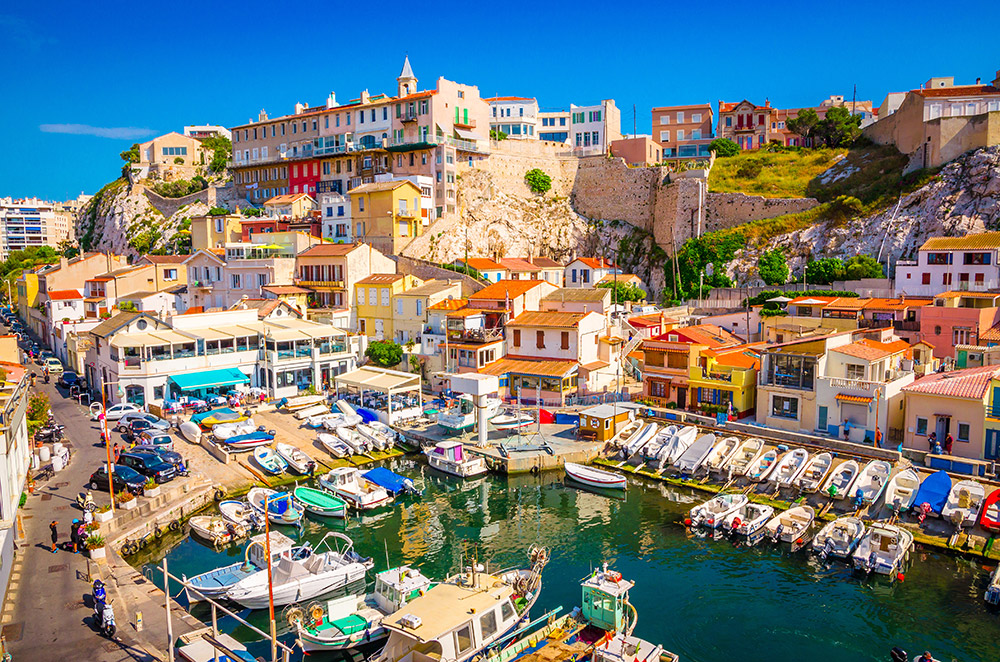
Notre-Dame de la Garde Basilica: Perched atop a hill, this Neo-Byzantine basilica offers a wonderful panoramic view of Marseille and the sea. Accessible by foot, bus, and climbing aboard the Noddy Train, the basilica provides a memorable experience.
Explore the Le Panier district, Marseille’s oldest quarter, a charming maze of narrow streets adorned with colorful buildings, street art, and artisan shops. Visit hidden squares, vibrant wall paintings, and soak in the district’s artistic atmosphere.
Marseille is home to several museums, including:
MUCEM (Museum of European and Mediterranean Civilisations): Situated at the entrance of the Old Port, this museum delves into the history and culture of the Mediterranean region.
Musée Regards de Provence: Housed in a refurbished harbor building, the museum focuses on Provence’s art and heritage through paintings, sculptures, and other artistic expressions.
Musée d’Histoire de Marseille (Museum of the History of Marseille): This museum explores the city’s development from ancient times to the present through archaeological artifacts.
Musée Cantini: Known for its collection of modern and contemporary art, the museum features works by artists such as Picasso, Braque, and Giacometti.
Near the Old Port, you’ll find the Marché des Capucins market, offering daily vibrant displays of fresh produce, seafood, spices, and regional specialties. Another noteworthy market is the Marché de la Plaine, held on Tuesdays, Thursdays, and Saturdays in the Cours Julien area, offering a diverse array of products ranging from fresh produce to vintage items.
Day 6: Marseille – Continue exploring the city
Day 7: Take the train from Marseille to Arles, approximately 1 hour 10 minutes
Arles showcases beautiful medieval architecture, including the St. Trophime Church, an amazing example of Romanesque architecture. It is renowned for its sculpted scenes from the Old Testament on the facade and the exquisitely adorned columns in the cloister. The City Hall, Hôtel de Ville, is a historic and elegant 17th century building, featuring classical architectural elements that reflect the city’s rich heritage.
The city introduces us to impressive Roman antiquities, including the well-preserved amphitheater (Les Arènes d’Arles), a UNESCO World Heritage site where visitors can explore and even participate in events. For insights into the historical background of Arles, you can visit the Museum of Antiquity, offering a comprehensive look at the region’s history.
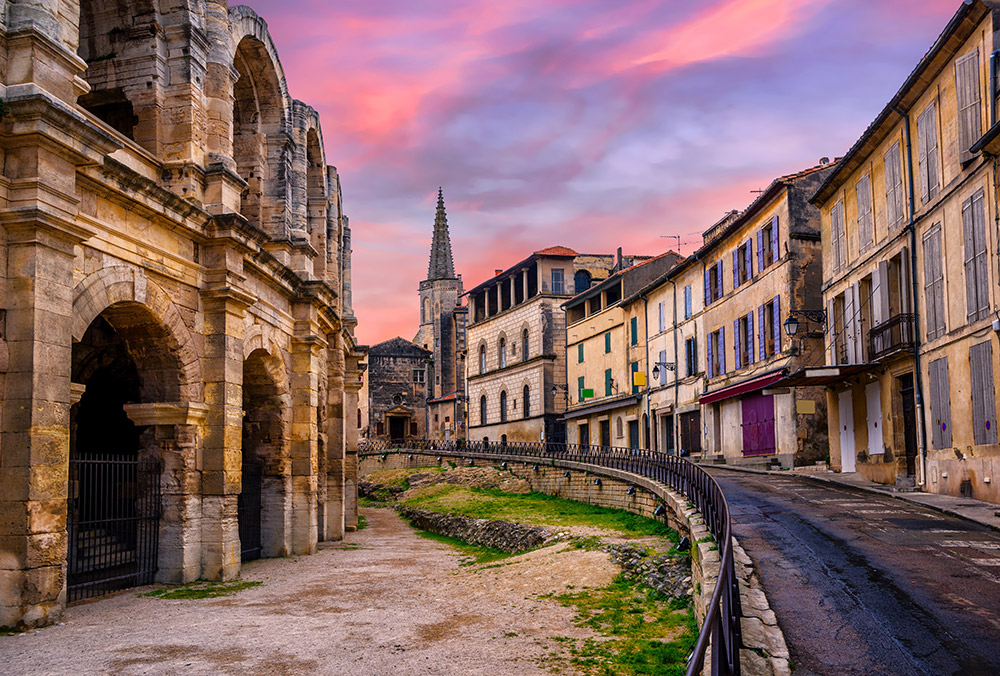
Arles was important in the life of the painter, Vincent van Gogh. You can retrace his steps by visiting locations he captured in his paintings, such as Café van Gogh and the Yellow House. Another highlight is the Van Gogh Foundation, which exhibits his works and features exhibitions related to his time in the city. Explore the Arles Antique Museum (Musée de l’Arles et de la Provence) and Réattu Museum (Musée Réattu), both housing diverse collections ranging from archaeological artifacts to contemporary art.
The River Rhône gracefully flows through Arles, providing picturesque riverbank tours, boat excursions, and opportunities to relish the beauty of the banks while leisurely exploring charming cafes and restaurants along the waterline.
Day 8: Train from Arles to Avignon, approximately 1.5 hours
Avignon, steeped in history and culture, is renowned for its meticulously preserved medieval architecture and notable landmarks. Here are some of the city’s key highlights for tourists:
Palais des Papes (Palace of the Popes): Designated as a UNESCO World Heritage site, this imposing medieval palace served as the residence for several popes in the 14th century. Explore the palace’s grandeur, its expansive rooms, chapels, and remarkable architecture.
Pont d’Avignon (Pont Saint-Bénézet): The famous bridge over the Rhône River is an Avignon icon. While only a portion of the bridge remains, it provides picturesque views of the river and the city. The bridge’s history is fascinating, and there is a museum detailing its story.
Avignon Cathedral (Cathédrale Notre-Dame des Doms): Located near Palais des Papes, the cathedral is renowned for its embellished interior design, stunning architecture, and the panoramic views of the city from its terrace.
City Walls: Well-preserved city walls surround Avignon’s Old Town, offering a picturesque walking tour with views of the city and its historical buildings.
Place de l’Horloge: The central square of Avignon is filled with cafes, restaurants, and shops. Don’t miss the Musée du Petit Palais, featuring an impressive collection of art from the medieval and Renaissance periods, including paintings, sculptures, and decorative arts.
Day 9: Take the train from Avignon to Aix-en-Provence, approximately 2.5 hours
Aix-en-Provence is a captivating blend of history, art, and natural beauty, interweaving its ancient Roman roots, the artistic legacy of Paul Cezanne, and an old, picturesque city adorned with elegant streets and lively markets. The city not only offers a cultural richness through its museums, festivals, and vibrant art scene but also tantalizes the taste buds with the culinary flavors of Provence.
On the central avenue, Cours Mirabeau, discover elegant squares, charming cafes, lush plane trees, and numerous fountains like the Fontaine des Quatre-Dauphins and Fontaine des Neuf-Canons, enhancing the city’s architectural charm. Wander through the narrow streets of Vieil Aix to marvel at historical architecture, including beautiful churches like Église Saint-Jean-de-Malte and the City Hall (Hôtel de Ville).
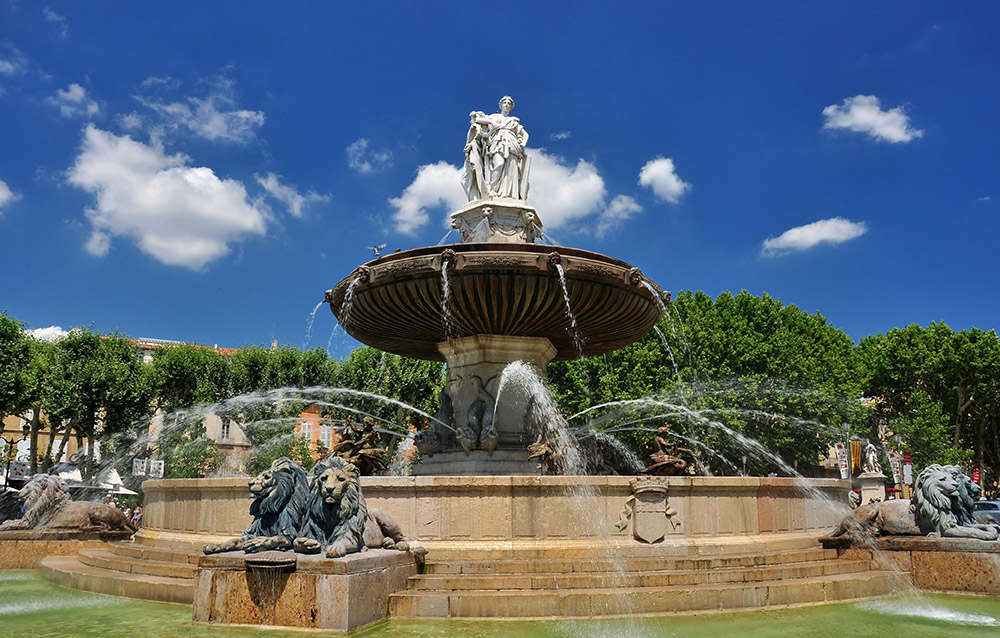
In contrast to the old town, the Les Allées Provençales area offers a modern shopping experience with boutiques, restaurants, and cinemas. Admire architectural gems like the Aix Cathedral (Paroisse Cathédrale Saint Sauveur Aix-en-Provence) with its grand cloister. Explore intriguing museums in the city, such as Musée Granet, displaying an impressive collection from ancient to contemporary art, featuring works by renowned artists like Cezanne, Picasso, Rembrandt, Van Gogh, and Musée du Vieil Aix, focusing on the history of Aix-en-Provence.
Explore other captivating museums like Fondation Vasarely, founded by the artist Vasarely, exhibiting optical illusions and his distinctive works characterized by geometric shapes and vibrant colors. Additionally, visit Musée des Tapisseries, located in the Archbishop’s Palace, presenting a stunning collection of wall tapestries dating back to the 17th and 18th centuries.
Enjoy your stay in Aix-en-Provence!
Day 10: Take the train from Aix-en-Provence to Grenoble, approximately 3 hours, 20 minutes
Grenoble is a blend of historical charm, bustling markets, and a gateway to the Alps. Ascend the Bastille Hill (Colline de la Bastille) through the Grenoble-Bastille cable car, affectionately known as “Les Bulles” due to its bubble-shaped cabins, for awe-inspiring panoramic views of the city and the surrounding mountain ranges. Descend from the Bastille to the Old Town (Vieille Ville) to wander through charming streets, historical buildings, beautiful squares like Place Grenette, and the impressive Cathedral of Notre-Dame with its remarkable architecture.
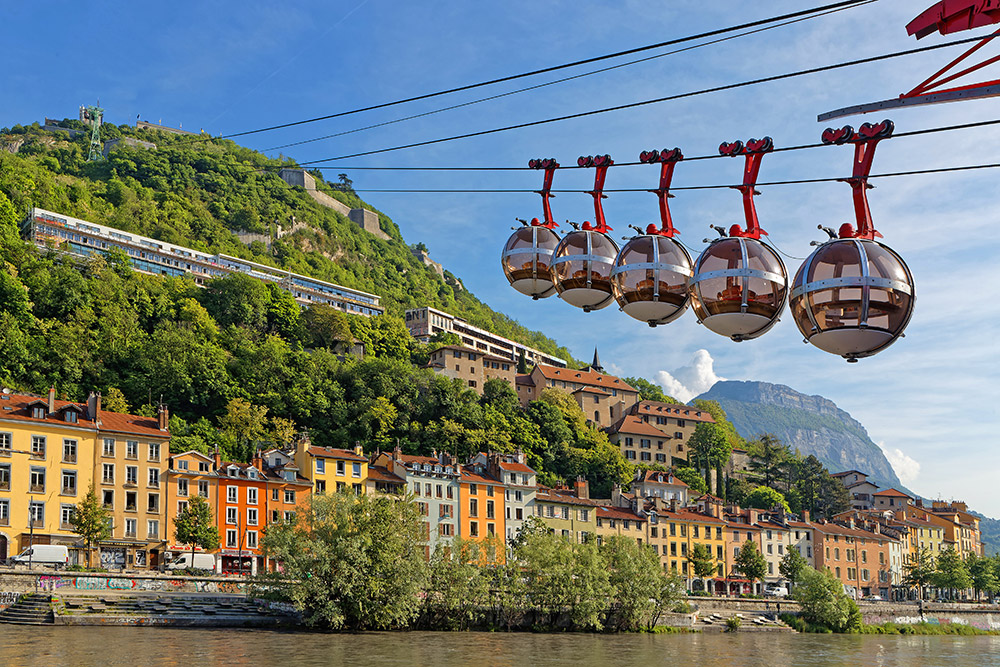
The city boasts numerous wall paintings and graffiti art scattered in different neighborhoods, adding a dynamic and artistic aspect to the city. Explore the Archaeological Museum of Grenoble – Saint-Laurent Archaeological Site, located near the Saint-Laurent Church, offering a glimpse into Grenoble’s ancient past with excavations showcasing remnants of the ancient settlement.
Don’t miss the Marché de l’Île Verte, held on Sunday mornings, with its mix of fresh produce, clothing, art, antiques, and a lively atmosphere.
After exploring Grenoble, board the train back to Geneva, a journey of about 2.5-hours.
Enjoy your travels!


